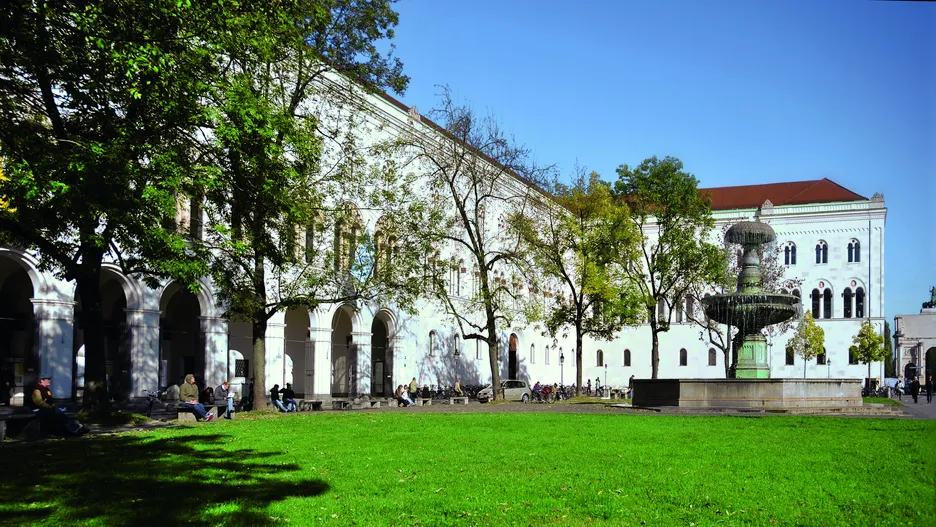Energy-efficient university – Campus Information Modelling (HoEff-CIM)

Project duration
05/2013 – 06/2017
Funding organization
Federal Ministry of Economics and Technology (BMWi) – funding priority: EnBop, represented by PTJ Jülich
Project partners
Ludwig Maximilians-Universität München
Munich University of Applied Sciences
BROCHIER Consulting & Innovation GmbH
ASSMANN Beraten + Planen AG
Summary
How can buildings be constructed and operated in line with the principle of climate neutrality by 2050? This question is addressed in the context of the national and international climate protection targets set for 2050. The HoEff-CIM project aims to demonstrate, based on the example of the LMU Munich, how large, heterogeneous real properties can solve this problem.
Methods and optimization concepts in the spheres of building physics, building services engineering and energy management are therefore being developed with the aim of showing the way towards a climate-neutral university campus. The objective is to find an energy supply configuration that reduces greenhouse gas emissions in the long term and promotes renewable energy. A further challenge is sensible retrofitting of existing buildings to reduce energy consumption while taking interactions involved in sustainability (ecology, economy, technical quality, process quality, decision-making processes) into consideration.
Methods are to be developed to enable simple management of complex real property and timesaving assessments and evaluations of cost-saving and retrofit potentials. The findings are not only important for the organization of universities and their heterogeneous distribution of uses, but can also assist in private real property management. The building stock is being categorized for this purpose.
Efficient energy and data management methods are being developed and, where feasible within the project term, tested at the LMU Munich. A web-based data acquisition tool (QuickCheck tool) is to be applied to perform a multi-step stocktaking process. The objective of the QuickCheck Tool (QCT) is to structure the inspection of a complex university building, to reduce the processing effort and to present the acquired information to users. The facts about the building are to be reflected by a small, yet highly relevant set of parameters. Uncertainty analyses will be carried out to determine these parameters. In addition, energy demands are to be presented, taking account of the type of building and its use. Finally, possibilities for structural and technical retrofitting are to be proposed by pointing out savings potentials in terms of ecology, economy and energy.
HoEff-CIM builds directly on its predecessor HoEff. The HoEff project helped compile information about more than 82 buildings of the LMU Munich, as well as specific characteristic energy values for 16 energy classes that cover the more than 1,600 uses found at the LMU. The energy demand assessments developed in HoEff are to be refined in HoEff-CIM. This involves the development of the reference room method (RRM), which is based on the calculating engine of the US Department of Energy’s open source software EnergyPlus. This application is used to automatically import the relevant parameters for determining the energy demand from the QCT into EnergyPlus. The projection of the energy-related and thermal behaviour is performed on the basis of typed rooms depending on their distribution of uses.
Finally, the findings of the project are to be combined and reflected in a model energy master plan for the LMU Munich. Recommendations for action are to be developed in order to reach the 2050 climate-protection targets.
Access to the project findings and the developed tools will be made available to other universities on the www.hoeff.info information platform.
Project team
Sebastian Botzler, M.Sc.
Dipl.-Ing. Christina Meier-Dotzler, M.Eng.
Daniel Kierdorf, M.Sc.